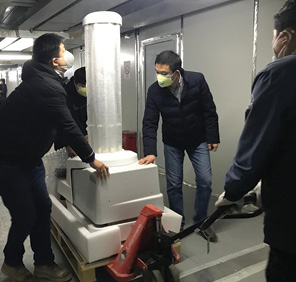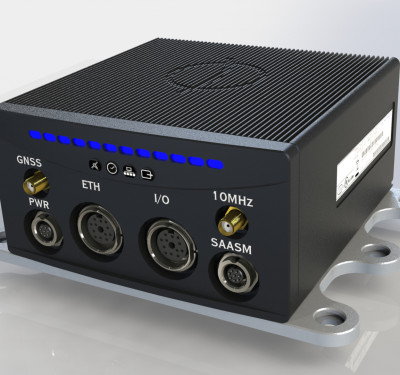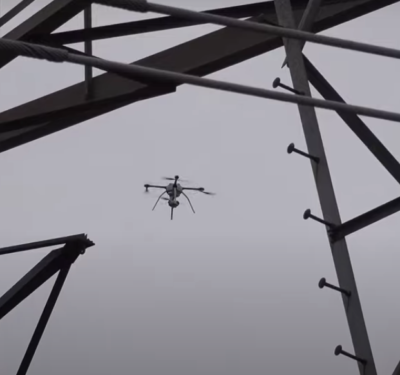Recent conflicts have underscored the impact of low-cost, one-way unmanned aerial systems (UAS) in asymmetric warfare. These low-cost platforms create tactical advantages and challenges for military operations. In response, the Defense Innovation Unit (DIU), is actively seeking commercial solutions to enhance its operational capabilities with ground-launched, long-range UAS platforms that can operate effectively in challenging environments. Responses are due by October 14.

Key Requirements for UAS Platforms
The DIU’s request outlines specific characteristics and capabilities required for these UAS platforms, with a strong focus on adaptability, low-cost production, and resilience in communication-deprived environments. The platforms are expected to meet the following physical and performance criteria:
- Payload and Range: The UAS should be able to carry a minimum of 10 kg, with an ideal payload capacity of 25+ kg. It must have a range of at least 50 km, with the capability to operate at distances exceeding 300 km.
- Stealth and Launch Mechanism: The UAS must be difficult to detect and track, especially by broad-area search systems. Additionally, it should support ground-launched operations, with an emphasis on quick and efficient deployment in the field.
- DDIL Operations: One of the key challenges is the ability of these platforms to function effectively in disrupted, disconnected, intermittent, and low-bandwidth (DDIL) environments. The UAS must be capable of executing missions without continuous communication, while still offering mechanisms for intermittent two-way communication.
- Beyond Line of Sight (BLOS) Capability: With a focus on high-speed, low-altitude operations, the UAS should be able to perform beyond line of sight (BLOS) missions in GNSS-denied environments, ensuring mission effectiveness even in the absence of traditional GPS signals.
Modular and Adaptable Design
In order to meet the diverse needs of military operations, the UAS platform must be highly modular, allowing for quick integration of third-party software and hardware components. This includes payloads, sensors, and other mission-critical systems. The DoD stresses the importance of open hardware and software interfaces, rejecting proprietary systems that require vendor-specific licensing.
The ability to quickly integrate and swap components ensures that the platform remains versatile and mission-ready, even as operational demands change. This modularity also facilitates seamless collaboration between multiple UAS platforms and mission systems, enabling coordinated attacks and intelligence-gathering operations.
Mission Planning and Terminal Guidance
In addition to the physical and operational characteristics, the DoD’s request calls for comprehensive mission planning software that is intuitive and integrates easily with both first- and third-party platforms. The software should allow operators to plan, monitor, and adjust missions efficiently, even in real-time, and in response to dynamic battlefield conditions.
Furthermore, the UAS platform must be capable of performing terminal guidance in GPS-denied environments. This includes the ability to navigate and target precisely during the final stages of a mission, even when traditional navigation signals are unavailable.
A New Era of Tactical UAS Platforms
By seeking input from commercial entities, the DoD aims to leverage innovation and private sector expertise to meet its evolving operational needs. With the potential to demonstrate these capabilities in live flight tests, commercial companies are being given the opportunity to play a critical role in shaping the future of unmanned aerial systems for the U.S. military.






